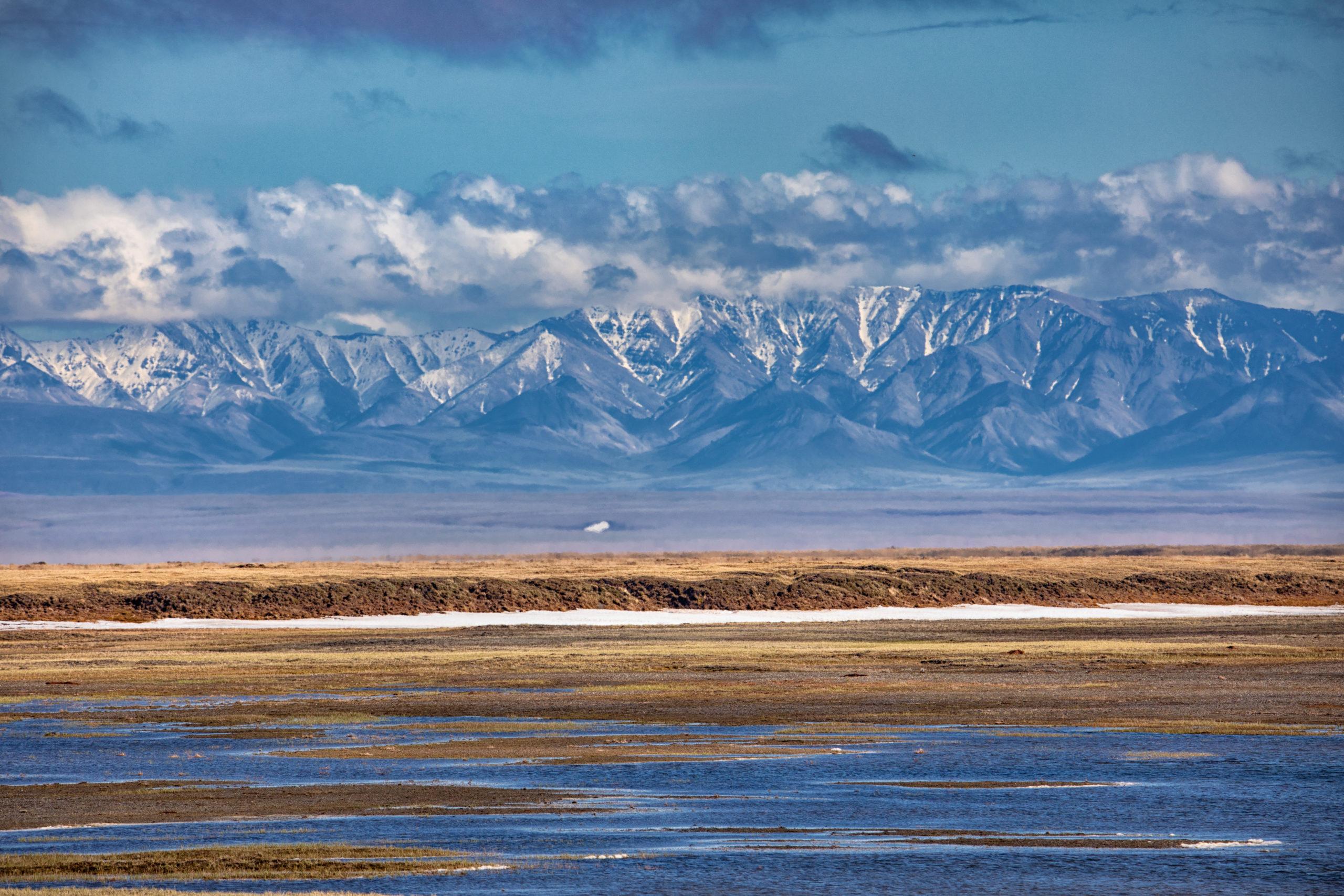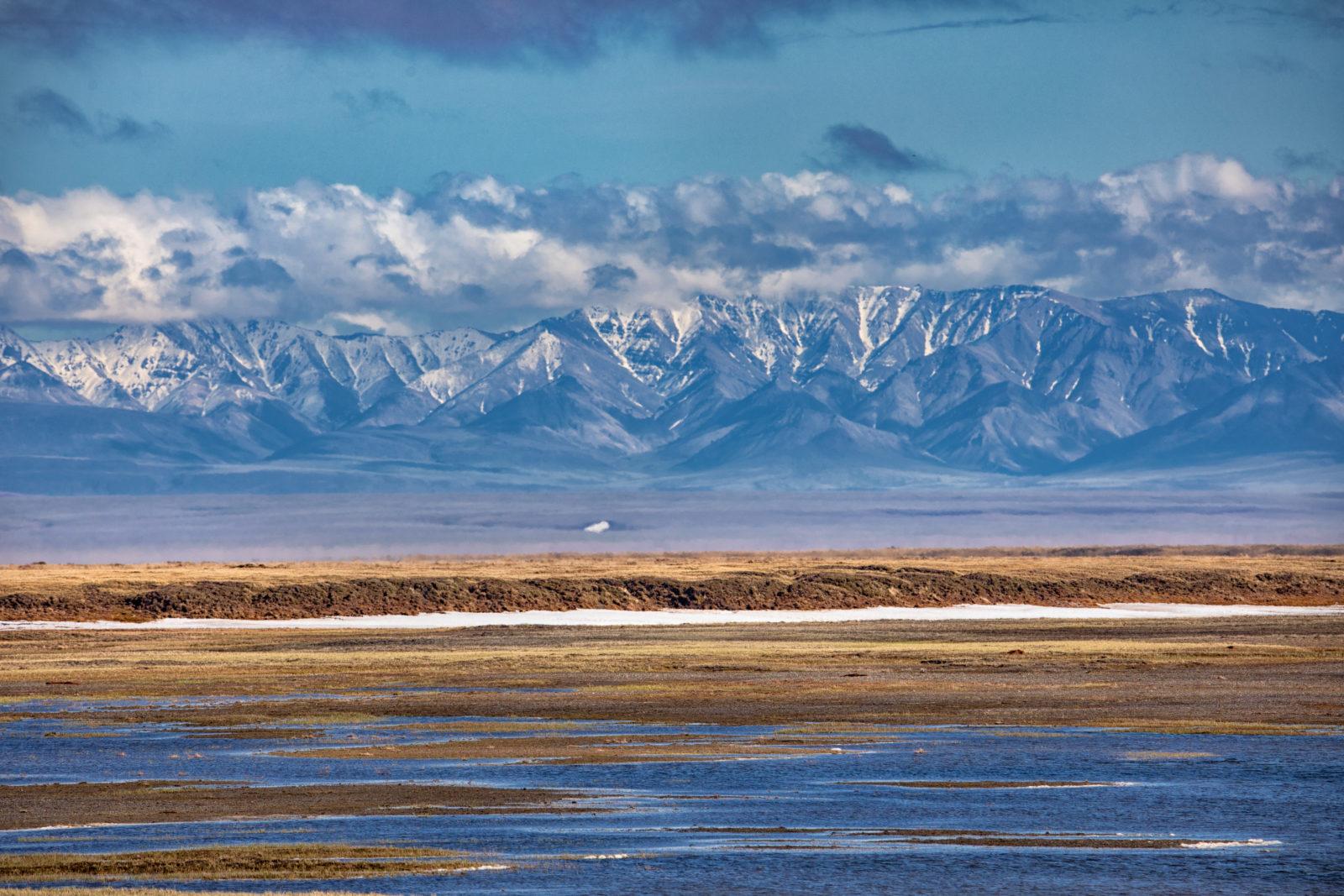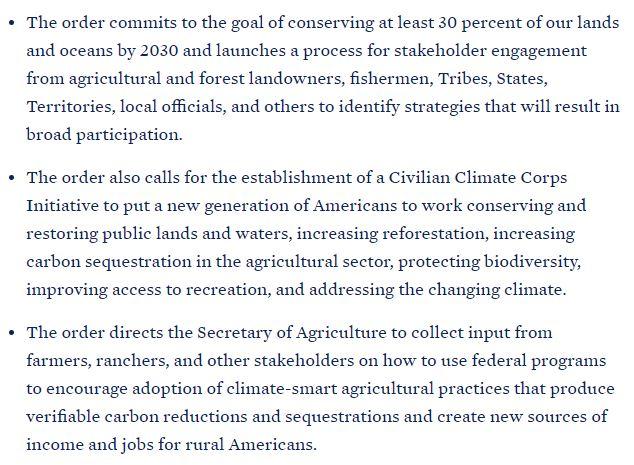
Making the 30 x 30 plan work
On day one of his presidency, President Biden signed an executive order committing to climate action. The order includes a 30 x 30 plan that sounds simple enough: Protect 30 percent of the nation’s lands and oceans by 2030 to confront the climate emergency and protect the health of people and animals.
By protect, of course, we mean keeping these lands largely natural and intact, and free of industrialization that destroys and degrades land and water, and that produces greenhouse gas and other pollutants. Doing this would reduce emissions while also allowing these lands and waters to continue holding carbon in place and supporting living communities.

Scientists and advocates see this action as essential to any climate plan and critical to the health of people and animal species suffering from habitat loss and degradation.
What does 30 x 30 look like on the ground?
To reach the 30 by 30 goal means setting aside at least another 440 million acres of land—almost the size of Alaska—for protection. Exactly which lands and waters get set aside will determine what animal habitat gets protected and what climate mitigation measures take place.
Exactly what we mean by “protection” also needs to get sorted out. The official Protected Area Database of the United States includes lands where logging, mining and grazing is allowed, for example, and oil and gas drilled from federal lands and waters makes up nearly a quarter of U.S. emissions.
Alaska’s Arctic certainly offers a huge opportunity for holding carbon in the land and ocean while diversifying the economies of Arctic communities, and extending protections in Bristol Bay would ensure the strength of animal habitat and health while supporting communities that have thrived because of sustainable ways of life centered on salmon.
But to equitably meet the climate and biodiversity goals of the 30 x 30 plan will require gaining protections for lands across geographic areas, not just near national parks or other public lands overwhelmingly situated in the West. The Biden administration will need to meet with individual landowners, Tribal and local governments, and other people who use or rely on the land, and consider things like animal corridors and urban parks, as well as tax breaks and other pay-outs to the current owners of the land.
Is 30 x 30 enough?
From the start, then, the implementation of the 30 x 30 plan requires choosing and protecting areas that can meet diverse climate and conservation goals while recognizing the trade-offs. What are the benefits of protecting land to meet climate goals compared to restoring degraded lands for biodiversity purposes, for instance, or the other way around?

Biden’s order also called for establishing a Civilian Climate Corps Initiative to provide jobs related to the restoration and expansion of protected lands, either by caring for, improving access to, and otherwise meeting climate and habitat objectives. Figuring out how to implement these economic opportunities will require consideration of what and where this work needs to get done, and how to equitably distribute and fill these jobs.
For 30 x 30 to work, many assessments and decisions will need to get made through a transparent, inclusive, and democratic process founded on equity, science, the law, and a clear set of objectives. That alone is a huge logistical and existential undertaking.
Then there’s the question of whether it’s enough.
With Alaskans and people around the world grappling with fish and animal die-offs, flooding and wildfires, and coastal erosion, sea ice loss and permafrost thaw, we must make sure that the 30 x 30 plan moves us in the right direction fast—and that it inspires more ambitious goals for the health of the planet and all its communities for generations to come.
Learn more:
- President Biden’s commitment to restore balance on public lands and waters, invest in clean energy
- The U.S. commits to tripling its protected lands. Here’s how it could be done.
- An abacus for 30×30 acreage? USGS is counting on it
- Cutting these emissions by 30% could yield up to $68 billion in health benefits each year


